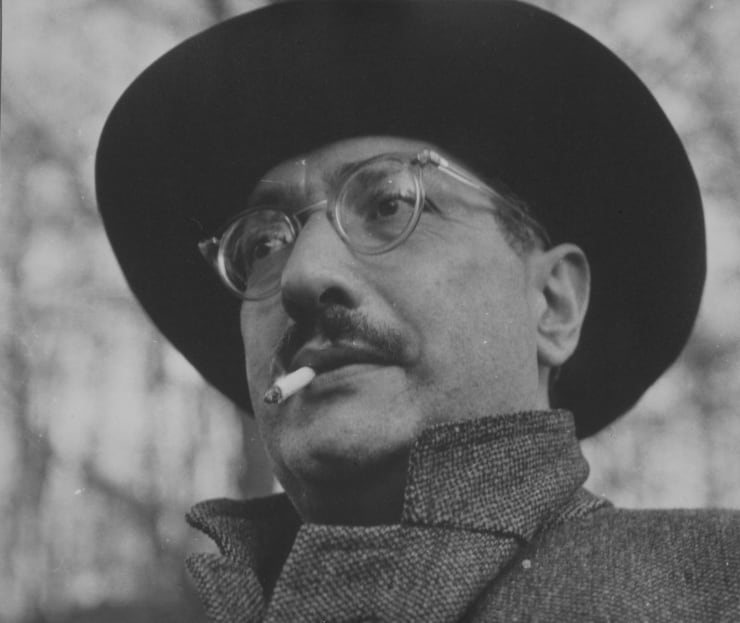Like all powerful art movements, Abstract Expressionism is a phenomenon that is the result of a perfect storm. In the years following World War II, as powerful nations worked to rebuild, both physically and emotionally, and millions of people were transplanted worldwide, change was undoubtedly in air. No wonder that New York City emerged as a Contemporary Art powerhouse, with the unconventional works of Jackson Pollock, Willem de Kooning, Mark Rothko, Robert Motherwell and others signifying a new shift in the art world.
As with all things art, interpretation and debate fuel the fire. Some contend that Abstract Expressionism took hold primarily due to the timing of historically relevant events. Others credit profound new artistic techniques and processes, such as those implemented by Jackson Pollock in producing his famous drip paintings. Yet others contend that it’s those who helped define the movement – such as art critics Clement Greenberg and Harold Rosenberg – who may be largely responsible for the notoriety of Abstract Expressionism.
Some contend that it’s those who helped define the movement – such as art critics Clement Greenberg and Harold Rosenberg – who may be largely responsible for the notoriety of Abstract Expressionism.
Regardless of where one chooses to place credit, it’s clear that Abstract Expressionism represented a shift in the importance placed on the artistic process. Suddenly the philosophies, methods and techniques of the artist received as much consideration as the work itself, seen as the end product by some, and the byproduct by others.
Mark Rothko
In the case of Mark Rothko, an artist who rejected the label of Abstract Expressionism, his high minded philosophies greatly contributed to furthering the movement. In fact, one could argue that even the artist’s rejection of labels justifies the label itself – obviously being in line with the mindset of an Abstract Expressionist. In Rothko’s color-dominated works, he not only moved away from traditional subjects, his colors became the subject. Like other Abstract Expressionist painters, Rothko worked in large scale, which the artist claimed to increase the intimacy between his work and the viewer, as if larger equals closer, a perspective that grants the viewer greater access to the piece, making it more expressive and perhaps even more vulnerable.
Jackson Pollock
For many collectors and art enthusiasts, Jackson Pollock is the artist most credited with being a catalyst for the movement of Abstract Expressionism. Pollock’s unconventional methods – dripping, flinging and throwing paint onto an unstretched canvas on the floor – symbolized the degree to which artists could feel free to deviate from traditional approaches. The movements used to create such works indeed created a new style of painting, named action painting. Such paintings capture the imagination of the view in new ways, and bring into question whether the painter’s actions created intended results and even whether results where a consideration at all. Collectors and critics proposed that such works were merely evidence of the artistic event that transpired, rather than the sole purpose of the event.
Pollock’s unconventional methods – dripping, flinging and throwing paint onto an unstretched canvas on the floor – symbolized the degree to which artists could feel free to deviate from traditional approaches.
Side note: Have a little fun at jacksonpollock.org − this interactive website makes it easy to create your own drip painting with moves of the cursor.
Franz Kline
Another Abstract Expressionist “action painter” of note is Franz Kline. Like Pollock, Kline pursued a style that reflected spontaneous production, allowing for the subconscious to participate in the creative process. Interestingly, Kline “prepared” for his acts of spontaneity, conducting a number of trial sketches − of strokes and canvas applications − to be produced. The results defined the artist’s iconic Abstract Expressionist works, conveying a strong improvisational and emotionally charged style.
If you’re a collector of Abstract Expressionist masters, drop on by our Boca Raton art gallery. If you’re seeking a particular work, please contact us and we’ll be happy to assist.



